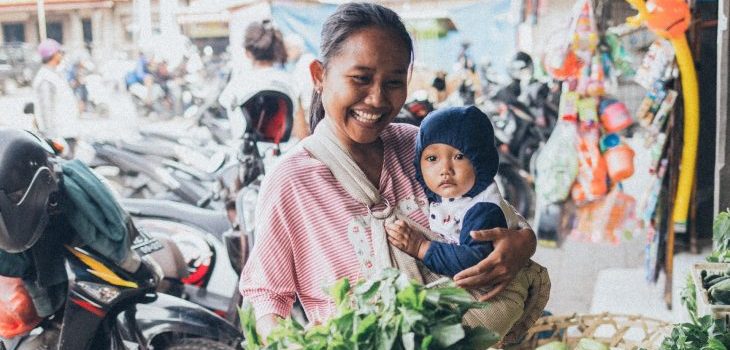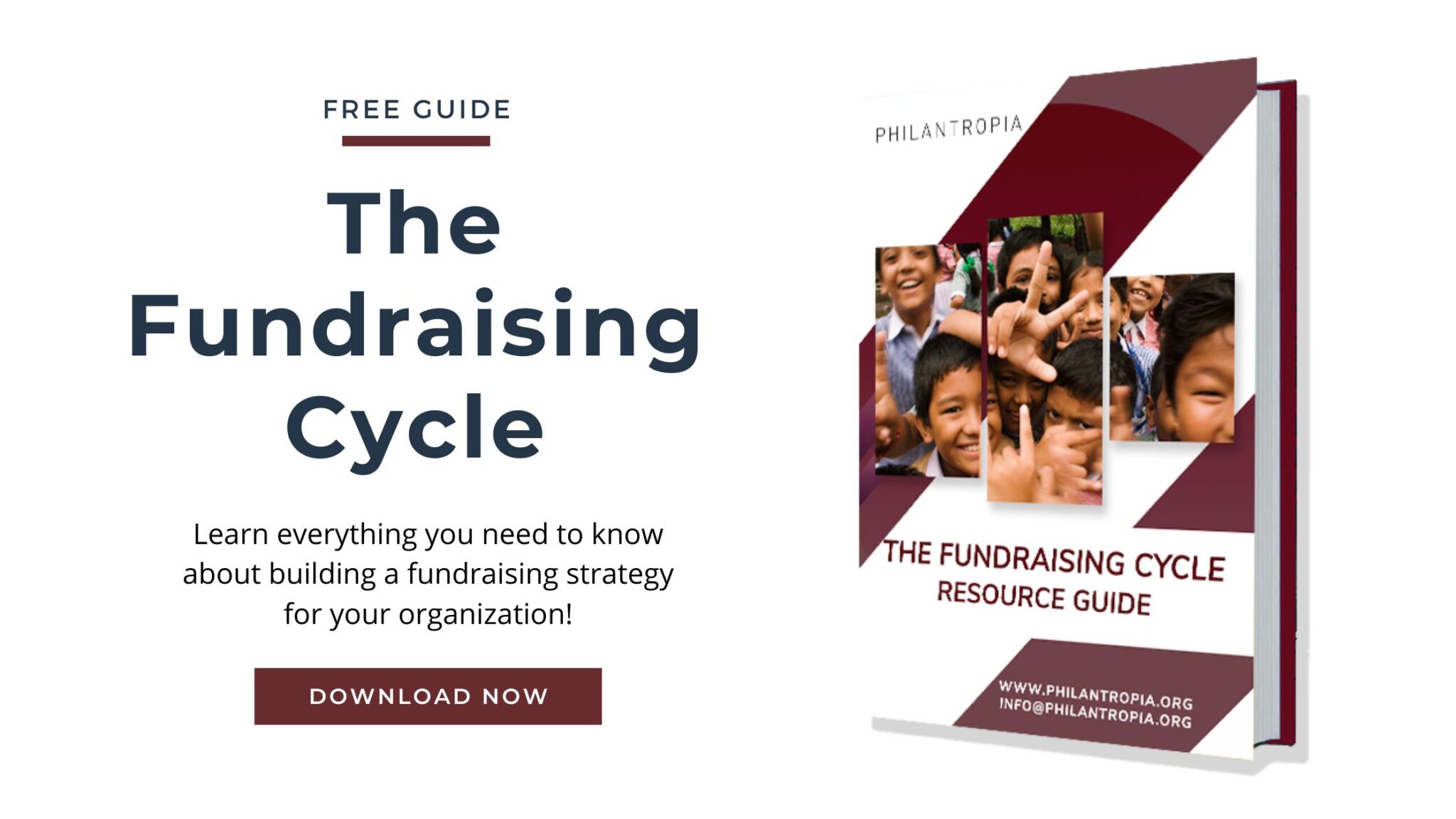Many donors request their applicants to show a co-payment in their budget of the proposal. Often it is also stated, that the chances of success for a proposal grow with the size of the co-payment. But what does co-payment actually mean and how can you show one, even if your NGO and/or your beneficiaries do not have a lot of money? In this article, we give you the answers to these questions.
Generally speaking, the co-payment is the contribution from your NGO or beneficiary side to the project budget. It depends a bit on the size of the project and the proposal if a donor wants to see a co-payment by your NGO or by your beneficiaries. Make sure you are clear about it before you try to work this into your budget. Sometimes you can include both to show your commitment.
Is a co-payment only money?
The word co-payment sounds like a monetary contribution, but it does not necessarily only have to be this. It can also be manpower, in-kind contribution or any other form of input to the project. Some examples for non-monetary co-payments are:
- Community members give manpower for free to help with a construction project
- Your NGO offers 5 hours per week of your accountant to keep the books for the project without charging for it
- Farmers of the community collect and donate saplings for a reforestation project
Why does a donor want to see a co-payment?
A very obvious reason that donors want to see a co-payment in a proposal is the fact that they want to spend the minimum amount of money to achieve the maximum results. If your NGO or your beneficiaries add to the amount, the donors’ money carries a long way.
Another reason for a co-payment is that the identification of the NGO and the beneficiaries tends to be higher when they made an investment themselves. Projects with a high co-payment also tend to be more sustainable and run longer, as the people feel more ownership for the project. A very good example of this is tree saplings. Studies showed that when they are donated, people do not feel responsible for them and many times do not take care of them. When the farmers have to invest valuable money into the purchase (in form of a co-payment), they have a much greater interest to care for them and make them survive, to be able to collect a return on their investment.
But how can you actually include co-payments in your budget? Stay tuned for tomorrows article to learn everything about it.
What are your experiences with co-payments? Please share with our community so we can all learn from your stories.




